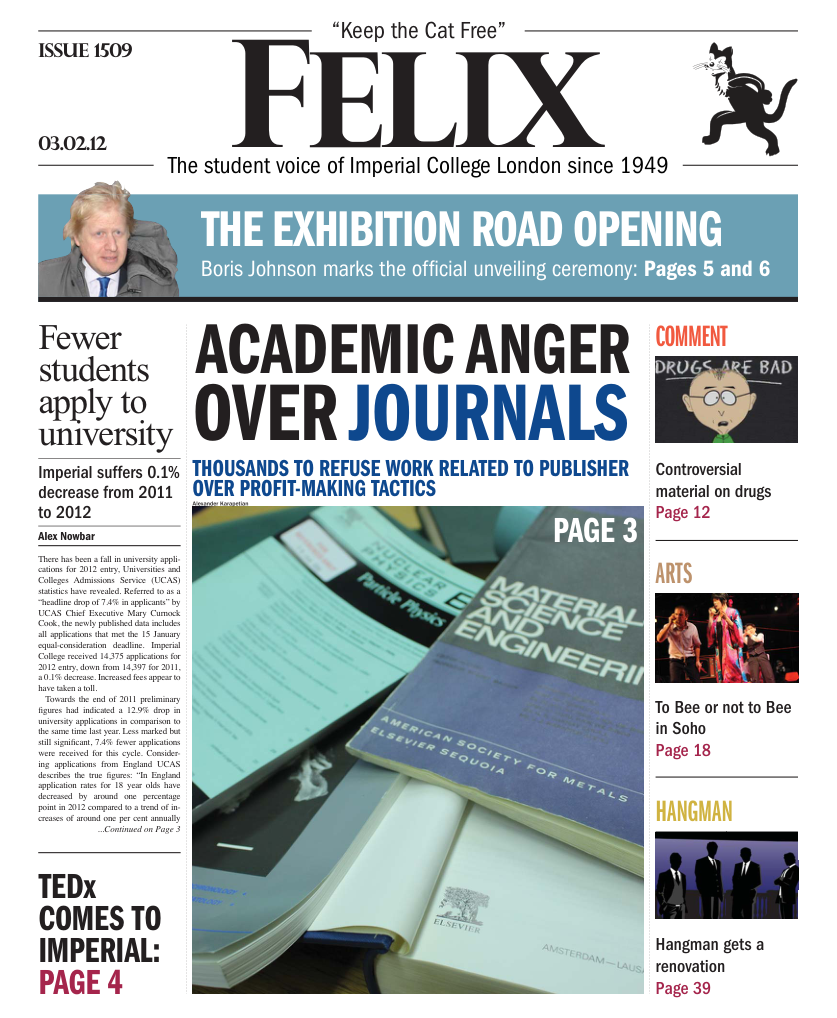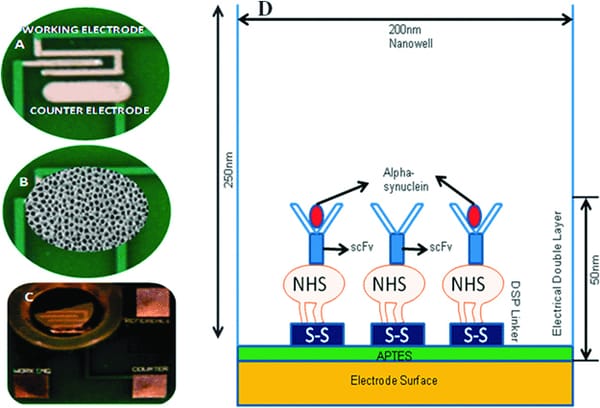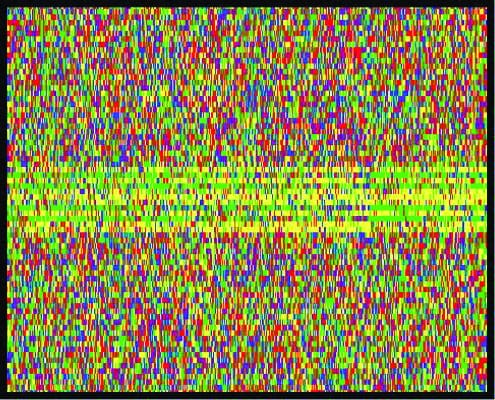Quantum information rate measured
Information regarding changes to individual atoms in a lattice structure has been shown to propagate at roughly twice the speed of sound
Scientists have measured the rate at which quantum information travels through real systems. Changes, such as those in electronic spin or energy, propagate through materials at a limited speed; similar to the speed of light, this maximum theoretical limit known as the Lieb-Robinson bound has now been determined empirically by scientists.
In a material lattice like a crystal, changes at any one atom, such as flipping spin or nuclear decay, affect the atom’s closest neighbours first and propagate outwards from there. The speed at which these short-range interactions occur is much lower than the speed of light, but has so far been impossible to measure due to interference from thermal vibrations, and the sheer number of particles in a real lattice make it hard to detect changes in individual atoms.
Researchers at the Max Planck Institute for Quantum Optics have devised a way of experimentally measuring this value: rather than using a crystalline lattice, they held a supercooled monoatomic gas in an optical lattice: several lasers used to create standing waves in which to trap individual atoms. As the atoms are not chemically bonded to each other and are at a very low temperature, many sources of interference are eliminated from the system.
By changing the power of the lasers, certain atoms can be “quenched” – moved from energetic equilibrium to an excited state. These excitations then travel through the lattice as quantum-entangled quasiparticles – fictitious particles which serve as a simple approximation to the many complex interactions of real particles. For example, an electron travelling through a semiconductor interacts with each atom it encounters, but can be modelled as a quasi-electron of a different mass travelling more slowly though free space. By recording the time and distance between atom excitations, the speed at which these quasiparticles travel, and hence at which information propagates, can be measured.
This speed, found to be roughly twice the speed of sound in the considered material, is currently purely empirical, and the value cannot be determined by theoretical methods. It also is applicable only to the one-dimensional lattice under consideration, but as the first measurement of its kind made, represents an important step forward for research in areas such as quantum entanglement.
DOI: 10.1038/nature10748








